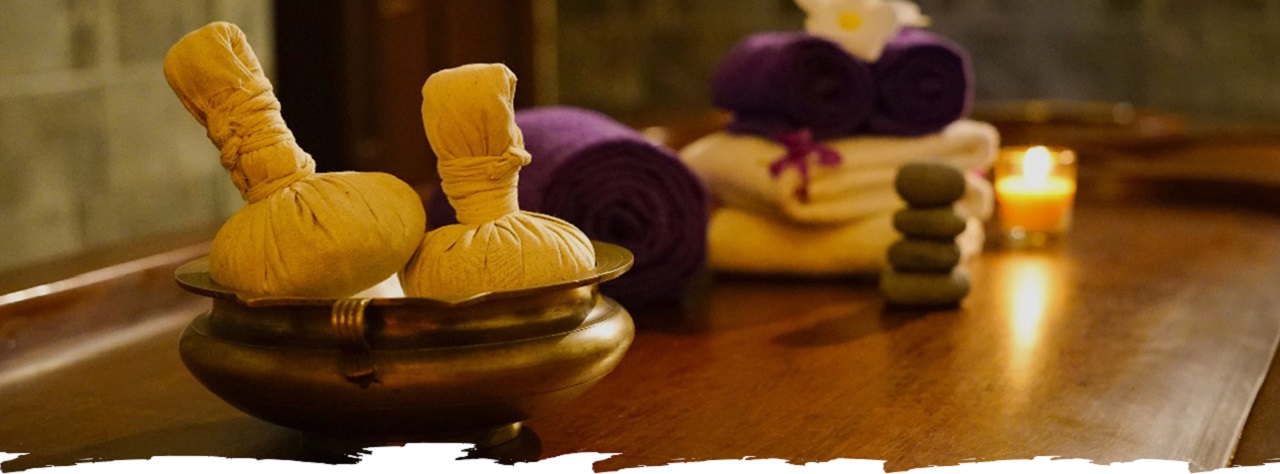VISHWACHI AND ITS CLINICAL MANIFESTATIONS.

Present day lifestyle has led to many diseases that hamper the day to day life of world population. One of such diseases is vishwachi or cervical spondylosis, affecting the upper limbs. It is a disorder prevalent in the most active period of life. It deprives of the patients ability to perform movements of upper limb, which in turn makes them unable to carry their routine work. Vishwachi is one of the most common type of vatavyadhi found in patients. The word vishwachi is derived from two words- viswa means entire and anc means turned or directed towards. Thus vishwachi literally means spread throughout. Pain often has a neuritic quality- described as throbbing, burning, stabbing, electric shock like and aching. Sometimes it is cramping parathaesia often felt in fingers. It is a common disease affecting the middle and old age group of both sex and is prevalent worldwide with a lifetime incidence of 40-60%.
A degenerative cascade due to age related changes in spinal cord is known as spondylosis. These spondylitic changes may result in direct compressive and ischemic dysfunction of the spinal cord. The degenerative process in osteoarthritis chiefly affects the vertebral bodies, the neural foramina and the facet joints (facet syndrome). When the space between two adjacent vertebrae narrows, compression of a nerve root emerging from the spinal cord may result in radiculopathy (a disease of the root of a nerve, such as from a pinched nerve). Spondylosis is caused from years of constant abnormal pressure, caused by joint subluxation(a partial dislocation), stress induced by sports, acute and/or repetitive trauma, or poor posture, being placed on the vertebrae and the discs between them. The abnormal stress causes the body to form new bone in order to compensate for the new weight distribution. This abnormal weight bearing from bone displacement will cause spondylosis to occur. Poor postures and loss of the normal spinal curves can lead to spondylosis as well. Spondylosis can affect a person at any age; however, older people are more susceptible.
Spondylosis is easily confused with brachial neuritis which is a form of peripheral neuropathy that affects the chest, shoulder, arm and hand. Brachial neuritis affects mainly the lower nerves of the brachial plexus, in the arm and hand. The brachial plexus is a bundle of nerves that travels from the spinal cord to the chest, shoulder, arms, and hands. It usually affects just one side of the body, but it can involve other nerves and other parts of the body, as well. Pain in the cervical and shoulder area is common and may reflect a multitude of conditions. However, when a patient develops neurologic deficits, the list of differential diagnoses becomes shorter. Cervical radiculopathy is the most common condition. Patients with cervical radiculopathy present with cervical pain and neurologic deficits resulting from a herniated nucleus pulposus or an osteophyte. Acute brachial plexus neuritis mimics cervical radiculopathy in several aspects, but the treatments are significantly different. An MRI can very well differentiate the conditions.
Treatment of vishwachi can be evolved as :
- Abyanga
- Sweda
- Uttarabhakthika snehapana
- Nasya karma
- Shamanoushadhi
- Nidanaparivarjana
As only limited conservative and surgical procedures are available in modern medicine for this disease and there is much limitation to use these procedures, there is a need to search for effective treatment in alternative medicine. Ayurveda provides you with a very well established treatment process for these side effects. The benefits of the treatment for the disease along with a good overall health benefit for the patient makes ayurvedic treatments a much better option. And here at RCM wellness centre we provide customized patient treatment and a good prophylaxis too. So if worrying with pain, please don’t hesitate to contact us.